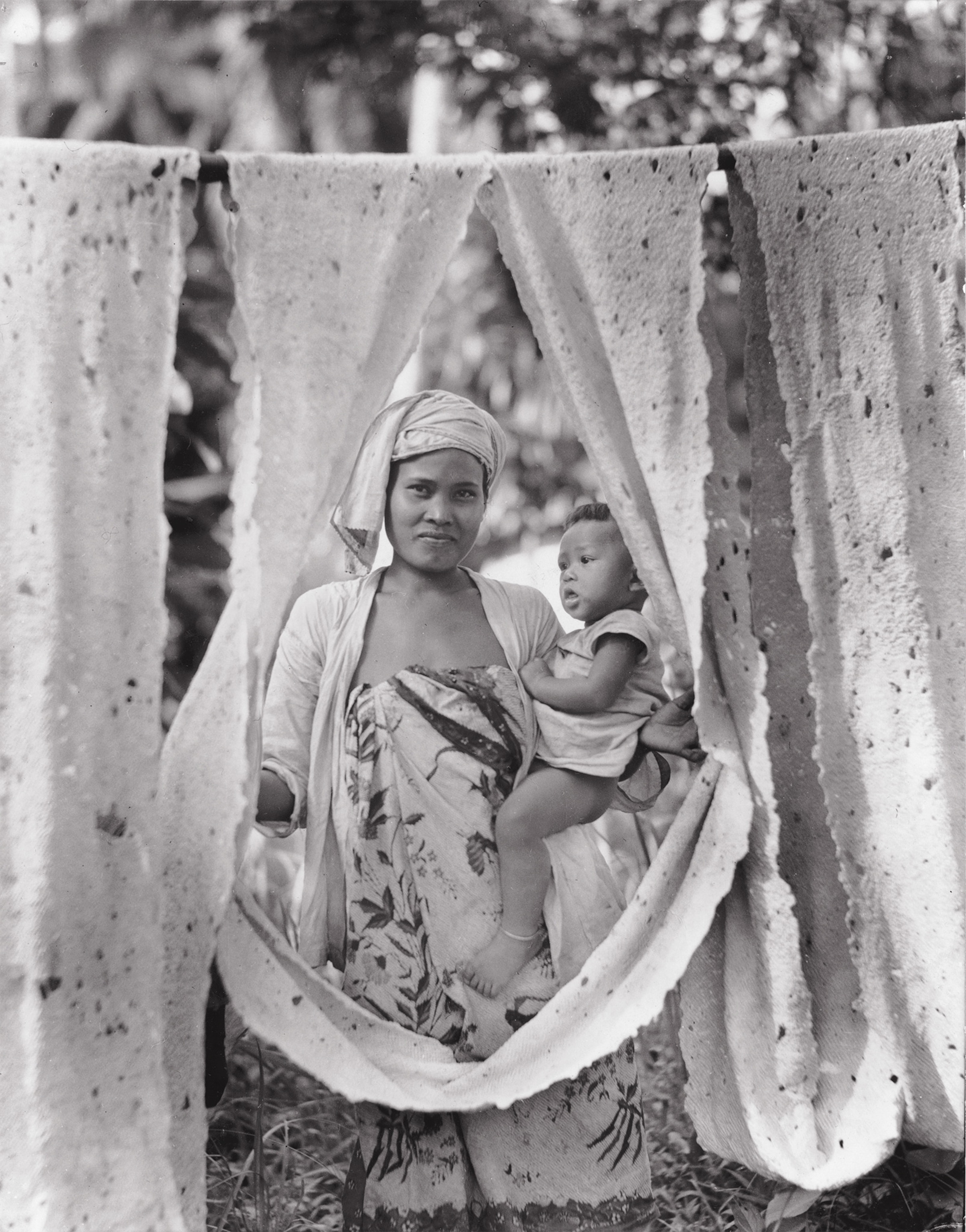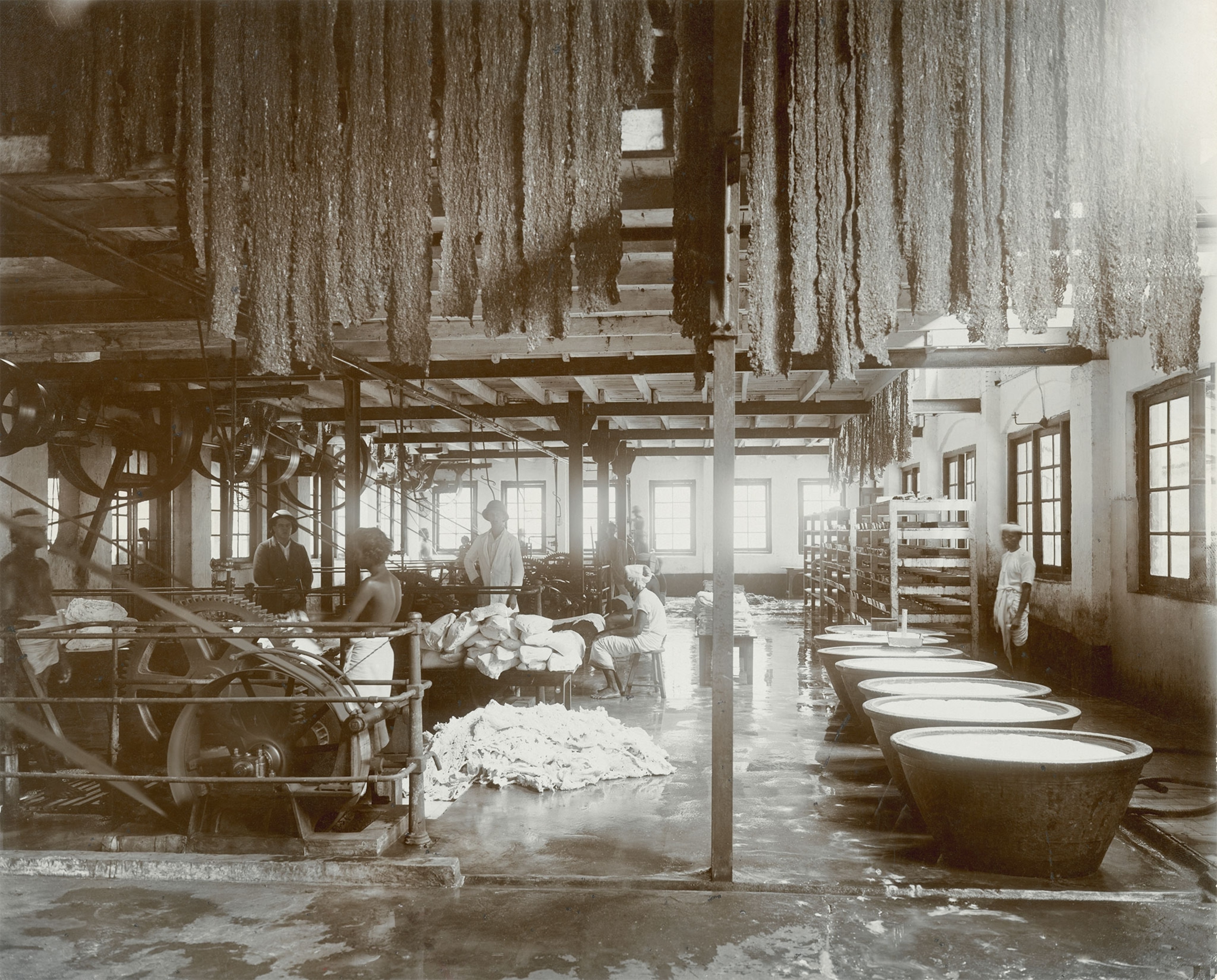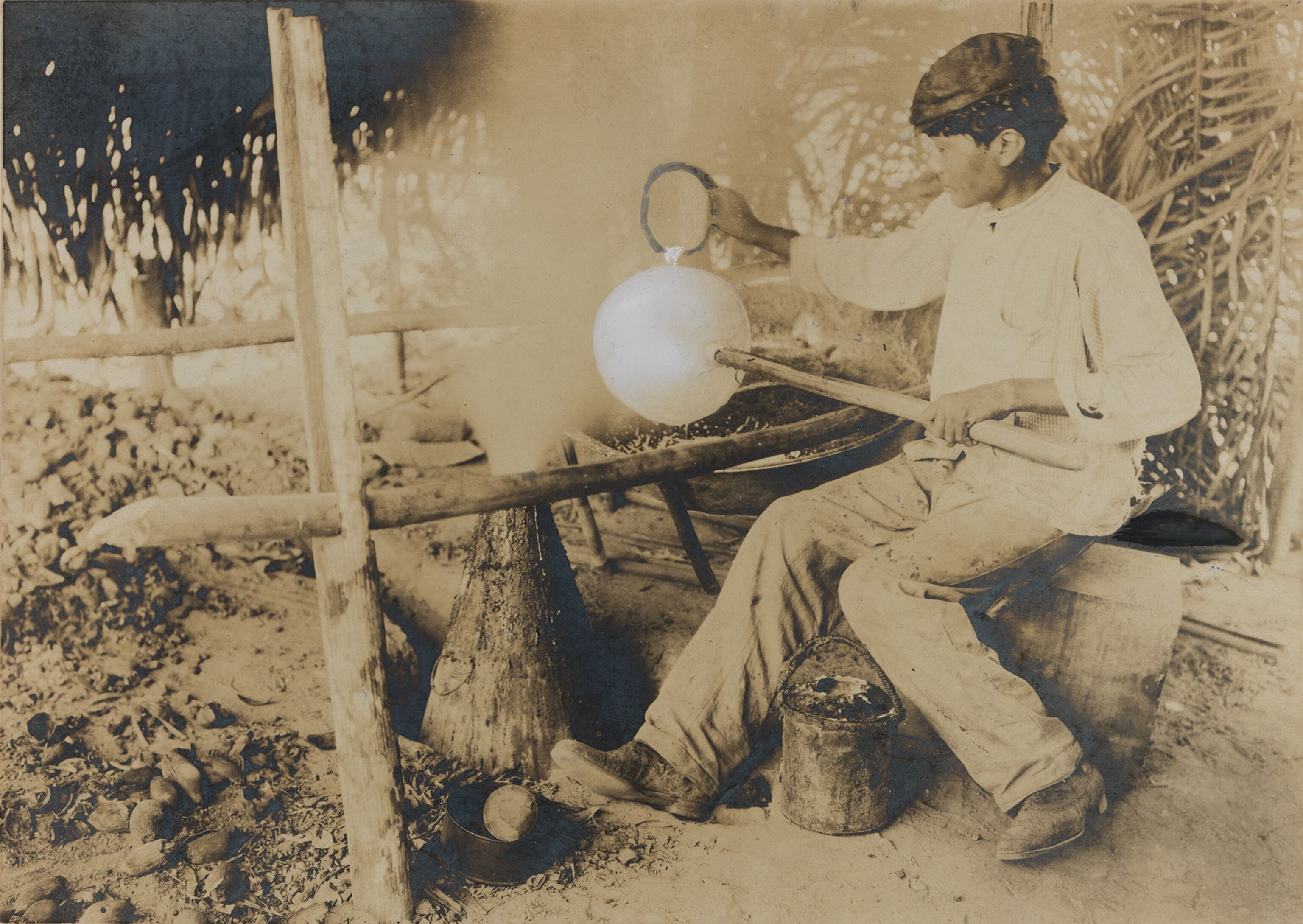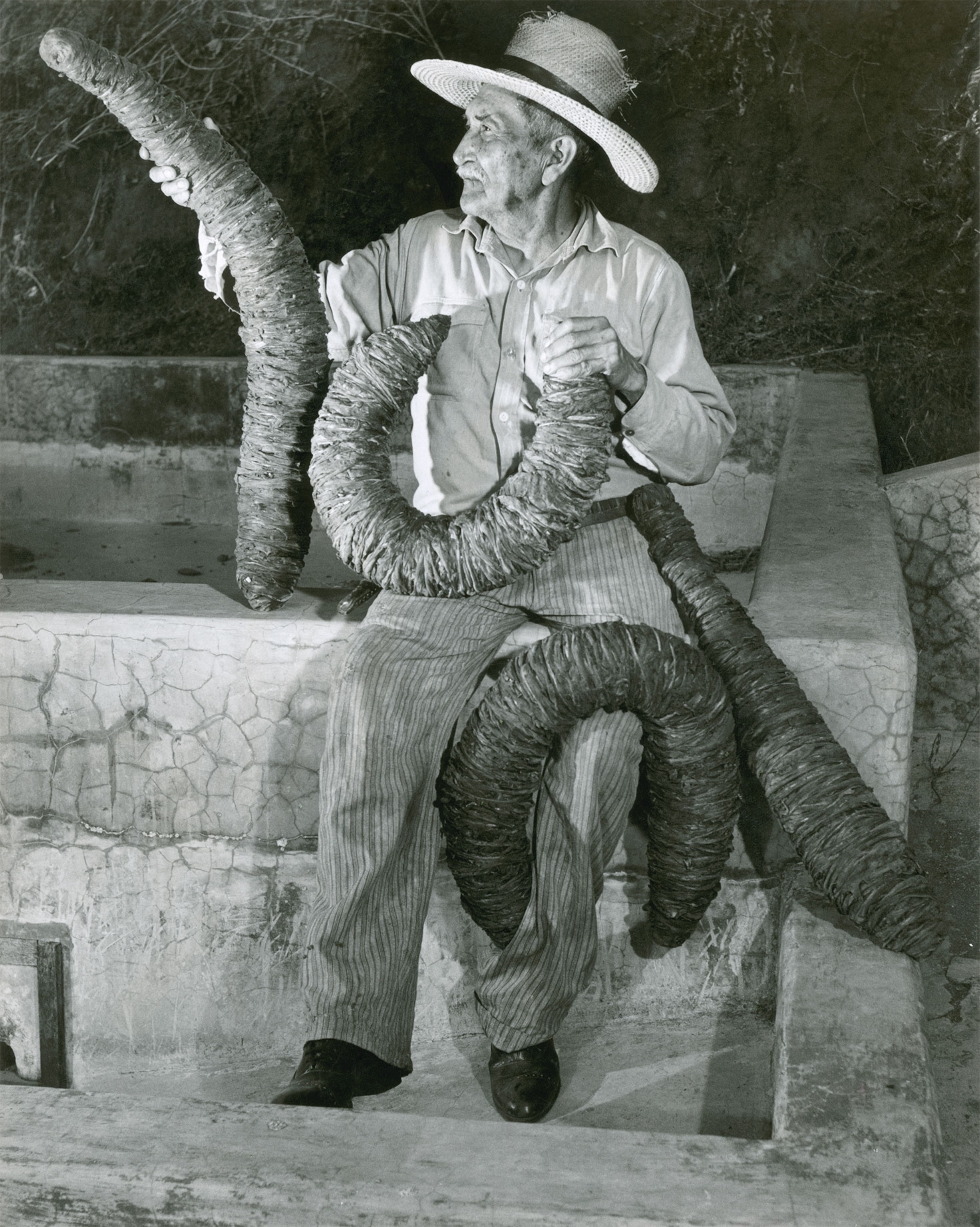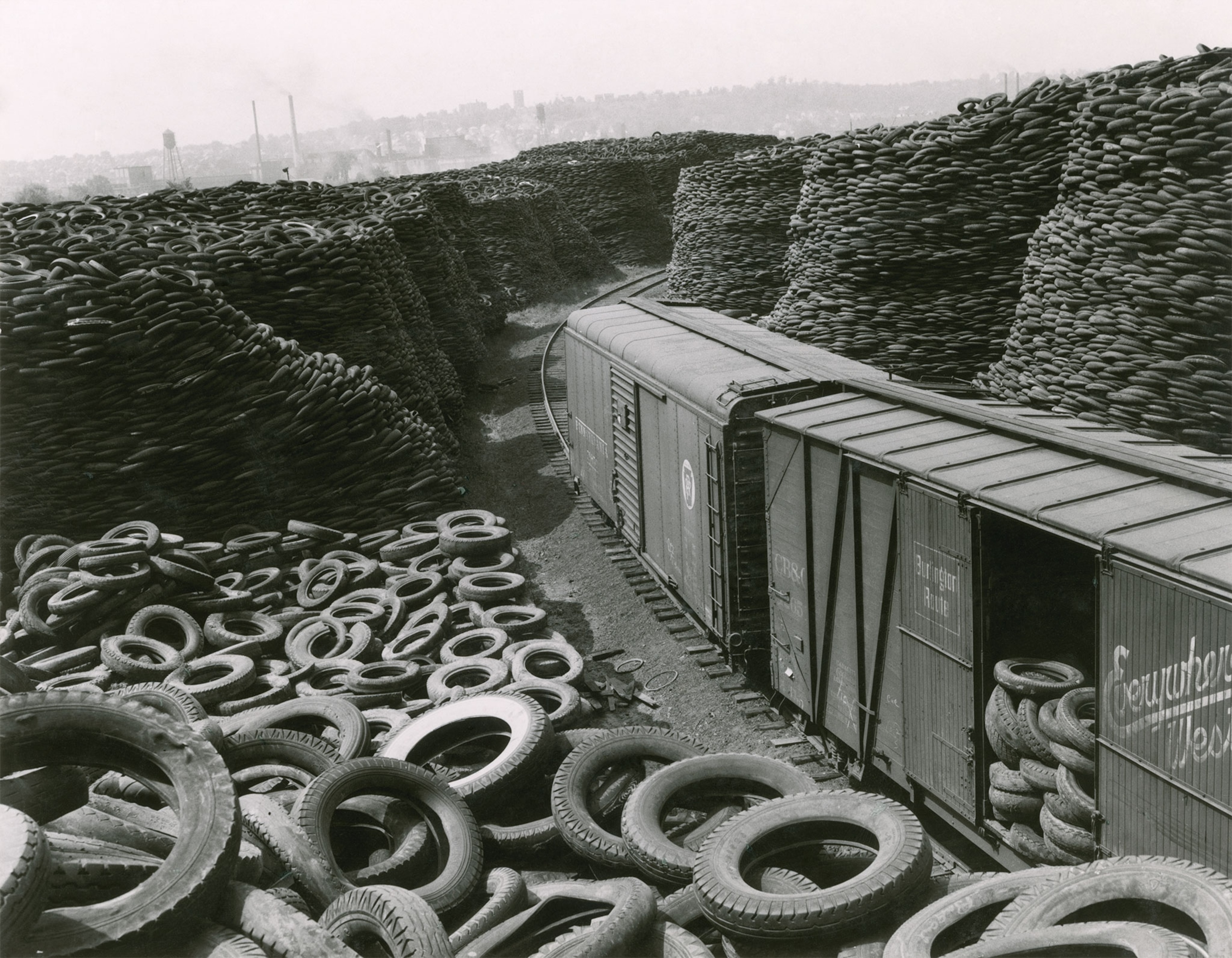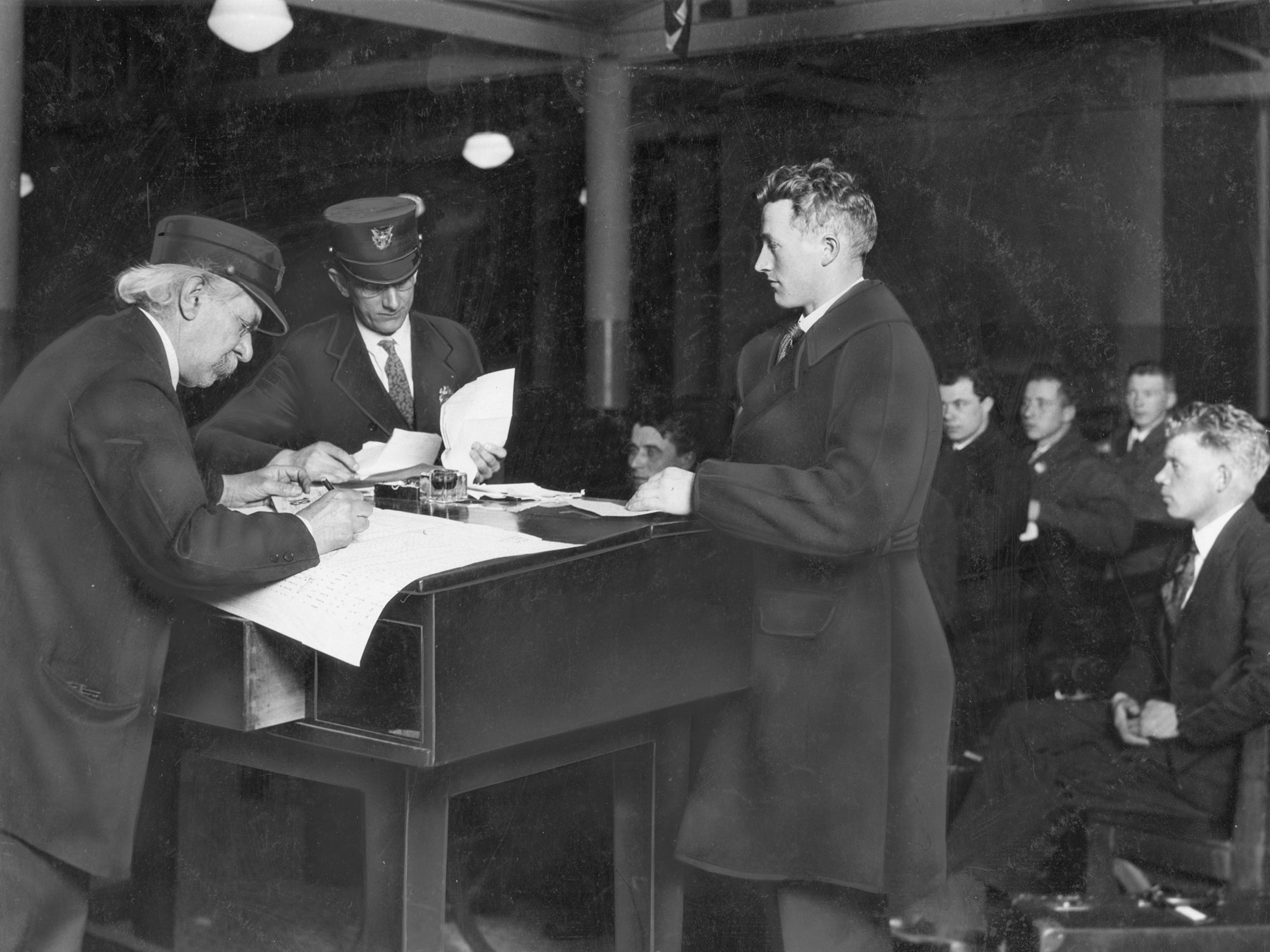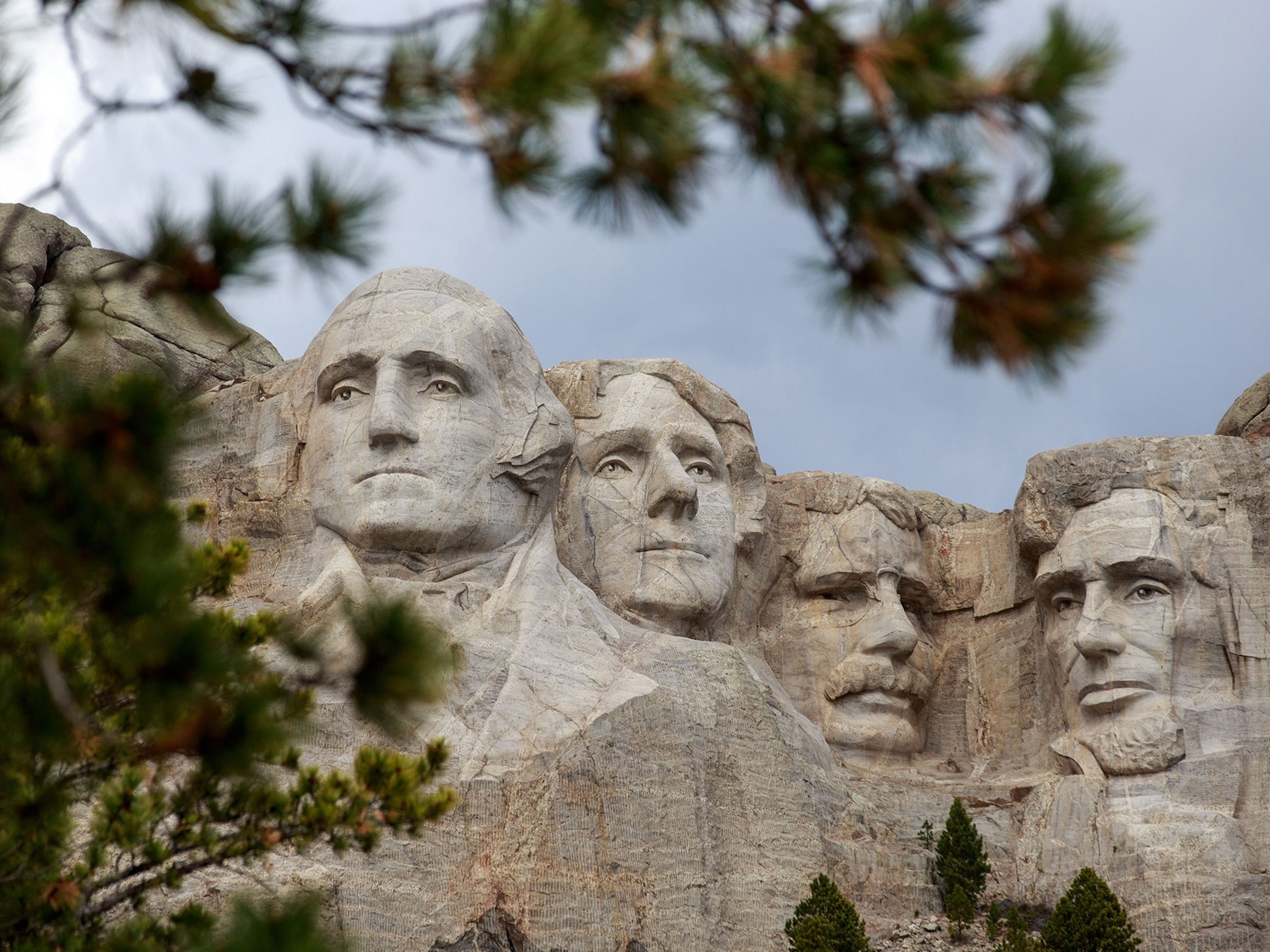8 Vintage Pictures Show the Global History of Rubber
The flexible substance that gave us tires and balloons is key to the story of colonialism.
Almost all of the world’s rubber comes from Southeast Asia, but that’s not because it’s the native habitat of rubber trees. The history of how the region came to be a global supplier is also the history of colonialism.
In the mid-1800s, Brazil was the world’s largest supplier of rubber, which the country harvested from trees in the Amazon forest. Unluckily for Brazilians, Europe’s empires didn’t like depending on a country they didn’t control for access to an important industrial resource. So Britain paid a man—Henry Alexander Wickham—to take 70,000 rubber tree seeds out of Brazil, and European countries established their own rubber plantations in their Southeast Asian colonies.
“A lot of these colonies weren’t really that valuable, especially to the Dutch and the Brits,” says Charles C. Mann, author of this month’s National Geographic article about the rubber boom. “And putting rubber there suddenly made them valuable.”
If not for these rubber plantations, he continues, “it’s pretty clear that the history of colonization would have been quite different.”
With new competition, Brazil’s rubber market dwindled, and eventually collapsed after a 1908 slavery scandal. Throughout the 20th century, processed rubber continued to flow from Southeast Asia into European and American factories, where it was used to make car parts such as tires and fan belts, as well as bathing suits and undergarments that promised to give women a firm figure. Here are some photos of where that rubber came from, and where it went.
